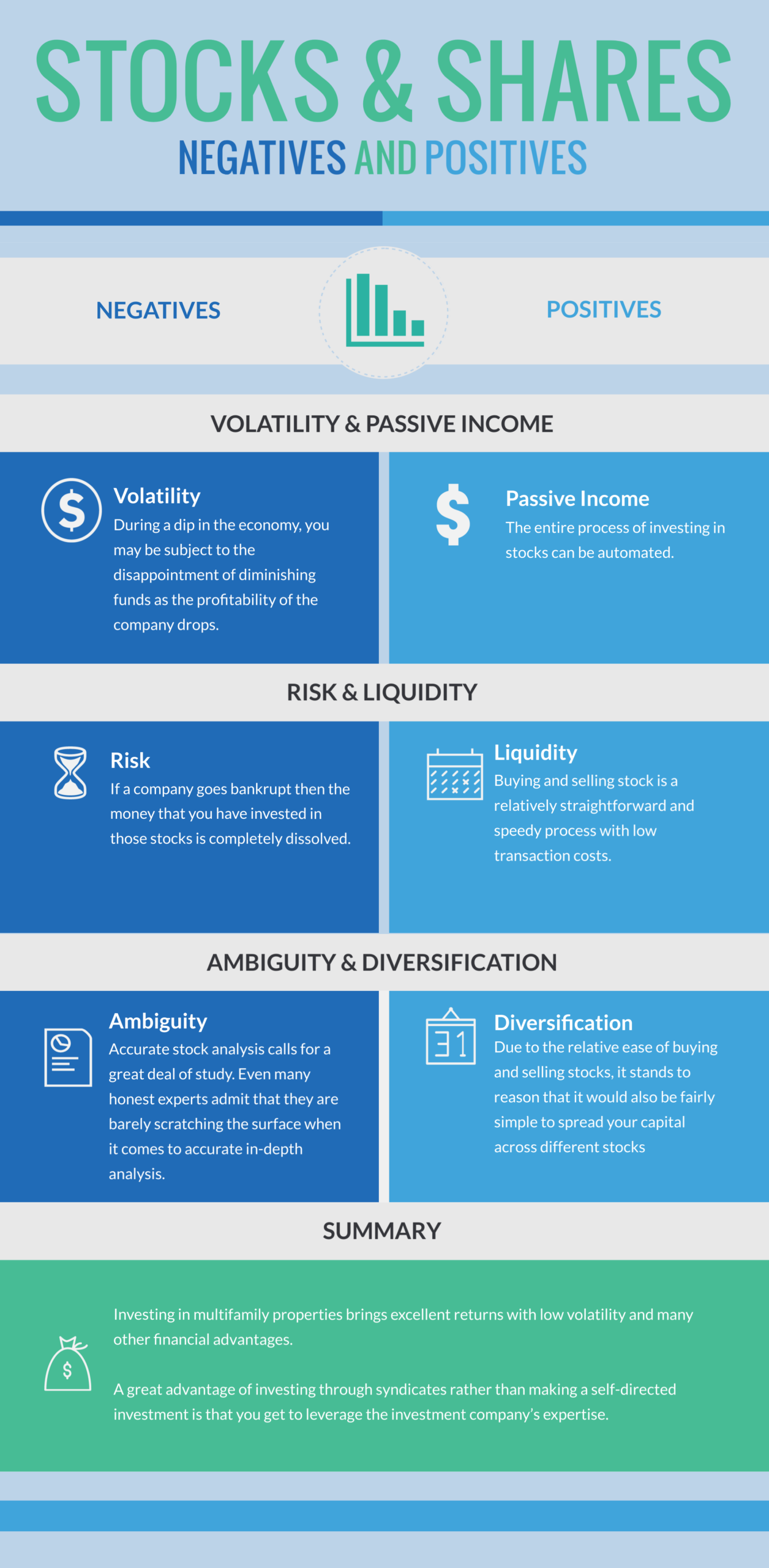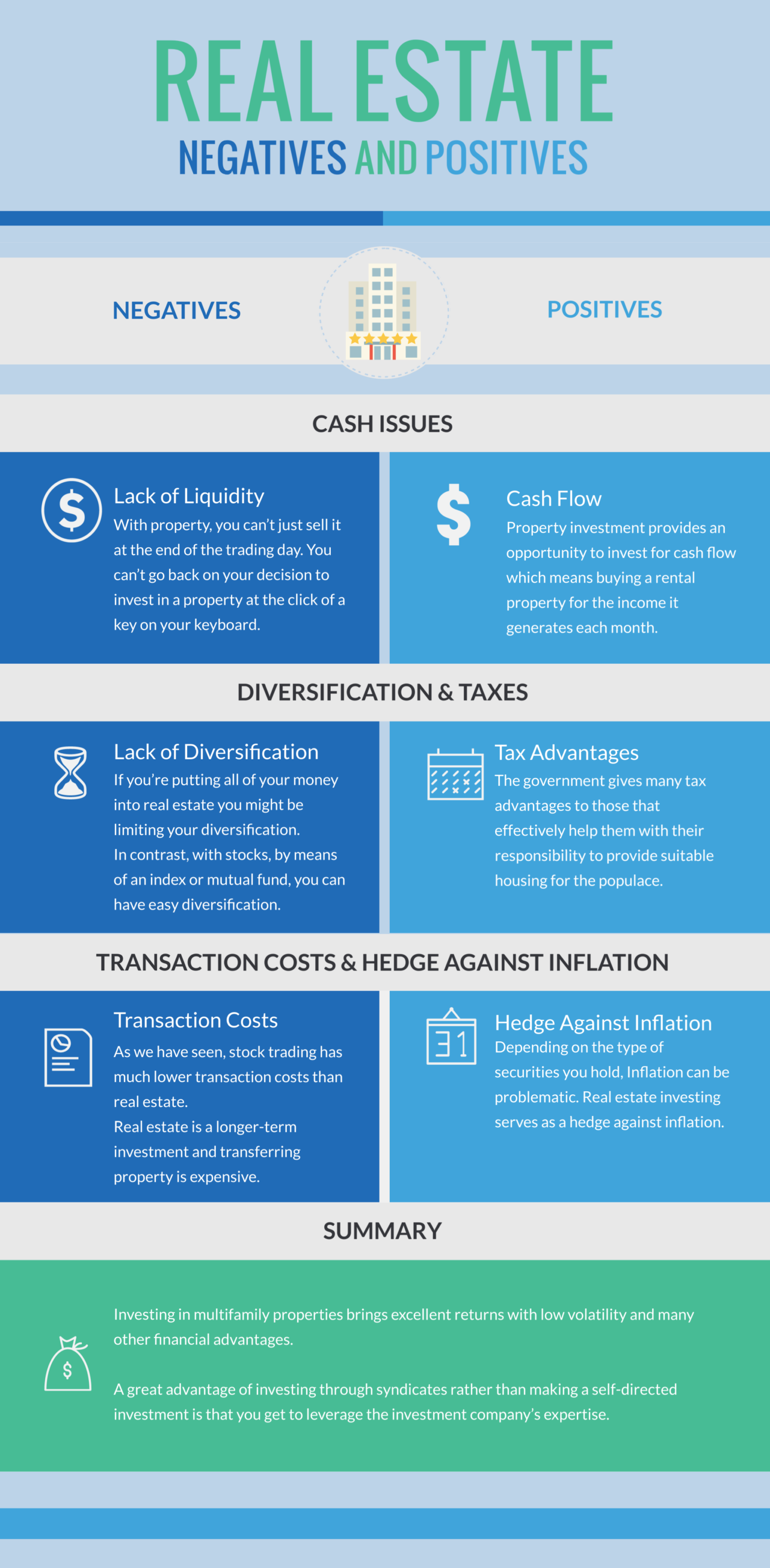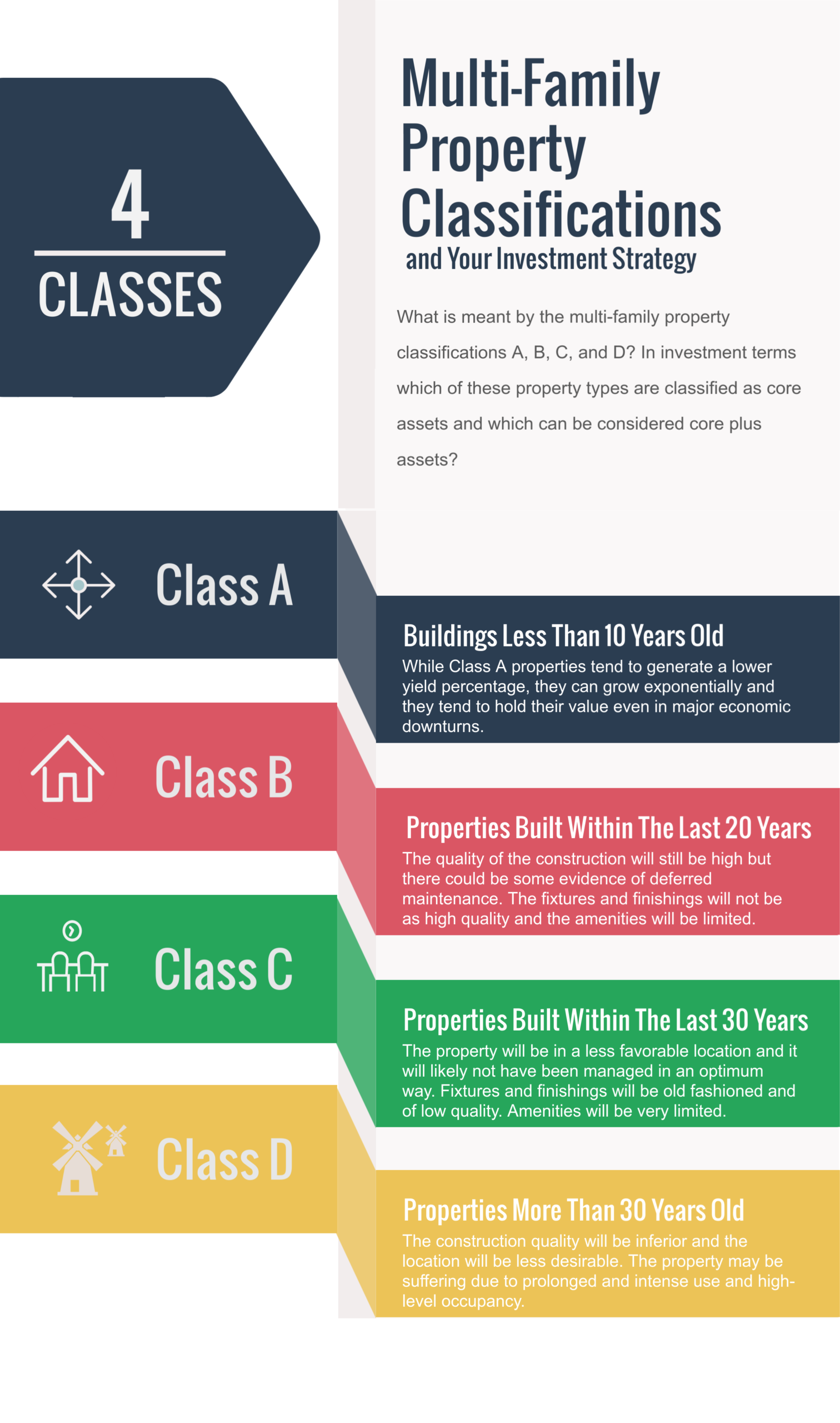
Investing in Real Estate vs. the Stock Market
Of the two types of investing, investing in stocks and shares seems on the surface to be more accessible to many than the world of property investment.
So, why would you consider investing in real estate?
Both types of investment have their pros and cons but the beauty of investing in property lies in the low risk, stability, and predictability of the investment.
When you add incredible tax advantages, hedge against inflation and control of investment to the list of positives then choosing to invest in tangible bricks and mortar over stocks and shares makes much more sense.
Let’s take a brief look at some of the pros and cons.
Stocks and Shares – Positives and Negatives

Negatives
1. Volatility
During a dip in the economy, you may be subject to the disappointment of diminishing funds as the profitability of the company drops.
Stock prices experience extreme short-term volatility, depending on the day’s events. Most smart traders do not react to these volatile market cycles but take a long term approach; however, the unpredictability of stocks can take its toll emotionally.
2. Risk
Stocks are volatile by nature because they depend greatly not only on the economy but also on the performance of a company and more importantly on the performance of the flawed individuals that run those companies.
If a company goes bankrupt then the money that you have invested in those stocks is completely dissolved.
This is a bigger risk than many are willing to take; many investors prefer to have their capital tied up in an investment over which they have a greater degree of control.
Negative publicity can also affect stock prices unexpectedly and in this day and age of instant news and of fake news, the volatility goes through the roof.
For example, on January 29, 2013, Audience ($ADNC), a voice processing company, found itself in muddy waters, literally, after a Twitter account named @MuddyWaters published a tweet about a false report in which the company was being investigated by the Department of Justice. The tweet set the company’s stock into a 25% drop. Muddy Water’s published a tweet after, clarifying the hoax.
- Ambiguity
Accurate stock analysis calls for a great deal of study. Even many honest experts admit that they are barely scratching the surface when it comes to accurate in-depth analysis.
When you invest in stocks you effectively own a portion of the company that you are investing in. If that company manages to thrive then the value of your stock rises and you win. When the company struggles, you lose.
Positives
1. Passive Income
The entire process of investing in stocks can be automated.
Of course, when it comes to investing in property, you don’t have to be the one dealing with tenants’ problems. When you invest in a property deal that is syndicated by someone else then this means that your real estate investment income will effectively also be 100% passive. You are several steps removed from the day to day management of the property.
2. Liquidity
Buying and selling stock is a relatively straightforward and speedy process with low transaction costs. No tangible asset is being exchanged so the transaction is quick and inexpensive. The process of actually buying and selling stocks is obviously much more straightforward than buying and selling a property which often takes two or three months or more.
3. Diversification
Due to the relative ease of buying and selling stocks, it stands to reason that it would also be fairly simple to spread your capital across different stocks. This is a way to combat the volatility of the stock market where the prices of individual stocks fluctuate daily. Clearly, it would take a much greater investment of capital to diversify your real estate portfolio in the same way.
Real Estate – Positives and Negatives
Real estate is a tangible asset and as such for many investors, feels more real. A great appeal of this type of investment is its stability.
For many millions of people, this kind of investment has generated consistent wealth and long-term appreciation.
Real estate investment provides a very consistent and stable rental income. Having a home is a vital necessity for all people, and as a result, rental investors are relatively protected even during economic downturns.

Negatives
1. Lack of liquidity
With property, you can’t just sell it at the end of the trading day. You can’t go back on your decision to invest in a property at the click of a key on your keyboard.
It may be necessary to hold the property for several years to realize the anticipated big returns.
It’s interesting to note however, that most stocks dividend yields hover around 4% or less annually. When you invest in a multifamily real estate deal, you start receiving income almost immediately. Investors are getting distribution checks every month from rental income and routinely the average annual returns even after fees, inflation and taxes, are above 10%.
2. Lack of diversification
If you’re putting all of your money into real estate you might be limiting your diversification.
In contrast, with stocks, by means of an index or mutual fund, you can have easy diversification.
However, diversification can be achieved in real estate investing; well-qualified advisors can help you to spread your investments across different communities and different types of property.
This is another advantage of syndication.
3. Transaction Costs
As we have seen, stock trading has much lower transaction costs than real estate.
Real estate is a longer-term investment and transferring property is expensive. There are title fees, attorney fees, agent commissions, transfer taxes, inspections, and appraisal costs.
Real estate is a tangible asset and as such for many investors, feels more real. A great appeal of this type of investment is its stability.
For many millions of people, this kind of investment has generated consistent wealth and long-term appreciation.
Real estate investment provides a very consistent and stable rental income. Having a home is a vital necessity for all people, and as a result, rental investors are relatively protected even during economic downturns.
Positives
1. Cash Flow
Property investment provides an opportunity to invest for cash flow which means buying a rental property for the income it generates each month.
With skillful management, this cash flow income can be increased significantly after your investment.
The passive income from your real estate investments can dramatically improve your quality of life.
Rental properties give a steady source of cash that keeps up with inflation.
With smart investment advice, real estate investing will bring a consistent stream of passive income.
Many investors are often able to earn cash flow completely tax-free.
2. Tax Advantages
The government gives many tax advantages to those that effectively help them with their responsibility to provide suitable housing for the populace. Owning real estate brings many tax advantages, not least of which is depreciation.
Depreciation is a key tax advantage with real estate investment.
Real estate investors earn back the cost of depreciation over a period of time after the initial purchase.
Because you are depreciating an asset that increases in value, you receive a tax credit accordingly.
This tax credit is received in addition to property maintenance and other costs that you can take away from the rental income you receive.
When you add in ‘bonus depreciation’ and ‘1031 Exchange,’ the tax advantages are truly extraordinary.
3. Hedge against Inflation
Depending on the type of securities you hold, Inflation can be problematic. Real estate investing serves as a hedge against inflation. The value of the property is tied to inflation as replacement cost goes up and the rent of the tenant is adjusted upward.
Summary
Investing in multifamily properties brings excellent returns with low volatility and many other financial advantages.
A great advantage of investing through syndicates rather than making a self-directed investment is that you get to leverage the investment company’s expertise.
With a syndicator, you can bank on the knowledge and skills of several real estate professionals.
Many investors don’t have the time or inclination to learn every aspect of owning and managing real estate investment, for example, negotiating purchase agreements, financing a purchase, negotiating leases and managing the property.
We look forward to supporting you in your desire to expand your wealth and reach your goal of financial freedom by means of multifamily real estate investment.








